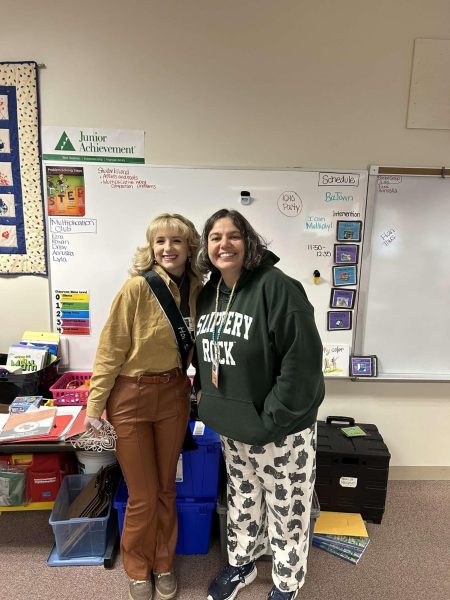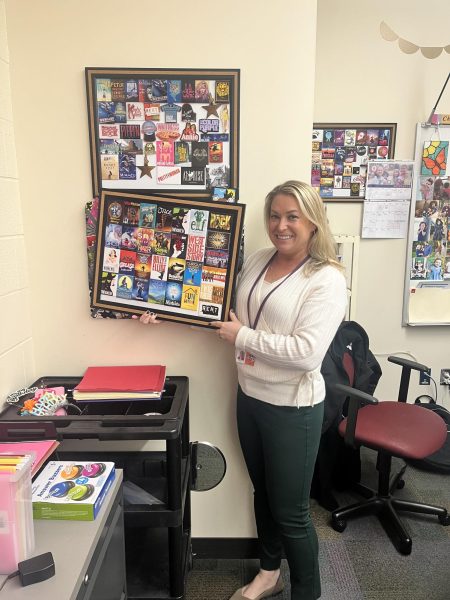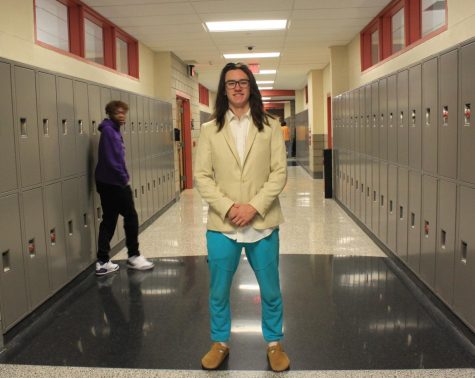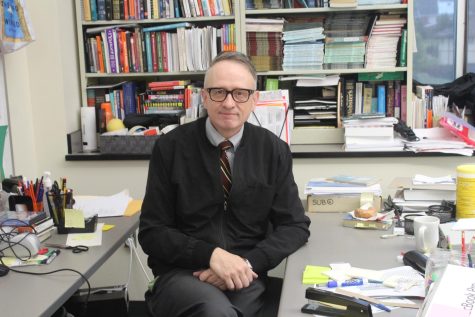Double masking suggested for unvaccinated, compromised people
Although access to the COVID-19 vaccine has become more available in the past months, not everyone can get the shot all at once. What should un-vaccinated and compromised people do to protect themselves as we roll back social distancing guidelines?
Public health officials are heavily suggesting that we wear two masks in indoor settings, particularly with the more contagious strains of the coronavirus circulating. The extra layer traps more infectious particles going in or out than just one mask, so you are less likely to spread or contract the virus.
There is a specific order needed to correctly “double-mask.” Although surgical masks are effective, they often leave a gap on either side of your face. Wearing two of these masks won’t fix that problem, so it is not recommended that you double-mask with two surgical masks. Rather, wearing a cloth mask over a surgical one will tighten the seal over your face correctly and increase your protection. Double-masking is the simplest and easiest option available to continue to protect yourself and your loved ones from COVID-19, but are there other options?
For anyone seeking an alternative, there are types of masks that are efficient enough in filtering out particles to be worn alone. Using an N95 or KN95 mask offers enough protection that they do not need to be doubled up, and they are considered to be the quintessential form of facial covering. They do have a downside, though. These types of masks are hard to come by, and because of the high demand, the number of counterfeit versions of them is lofty. If you decide to seek out an N95 or KN95 mask, buyer beware– it could be a fake.
According to the CDC, there are a few ways you can determine if an N95 mask is counterfeit and not approved by the National Institute for Occupational Safety and Health (NIOSH). Some of those signs include:
- No markings on the filtering facepiece respirator
- No approval (TC) number on filtering facepiece respirator or headband
- No NIOSH markings
- NIOSH spelled incorrectly
- Presence of decorative fabric or other decorative add-ons (e.g., sequins)
- Claims of approval for children (NIOSH does not approve any type of respiratory protection for children)
- Filtering facepiece respirator has ear loops instead of headbands
Although the N95 masks are highly preferred by public health officials, these counterfeits and the scarcity of legitimate ones create much more work for the public than is necessary. We can more easily continue to protect ourselves from the coronavirus during vaccine distribution by layering masks. This is why double-masking is an option that has been suggested increasingly over the last couple of months.
When you embark on effective double-masking, the CDC suggests that you test the efficiency of your double-masking by cupping your hands around your mouth and nose. If you can feel hot air escaping through the sides, it’s not tight enough. The most efficient way to wear your masks is snug enough to not let air in or out through the sides, which you can be sure of by checking that you can only sense hot air escaping through the front of the mask.
This video from the Washington Post offers a simple visual guide on correctly double-masking.
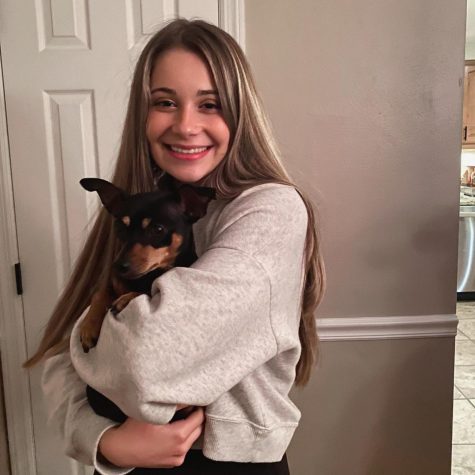
Gabby Johnson is a senior at BPHS. She has been involved in the fall play, as well as the spring musical through stage crew. Gabby has also participated...




